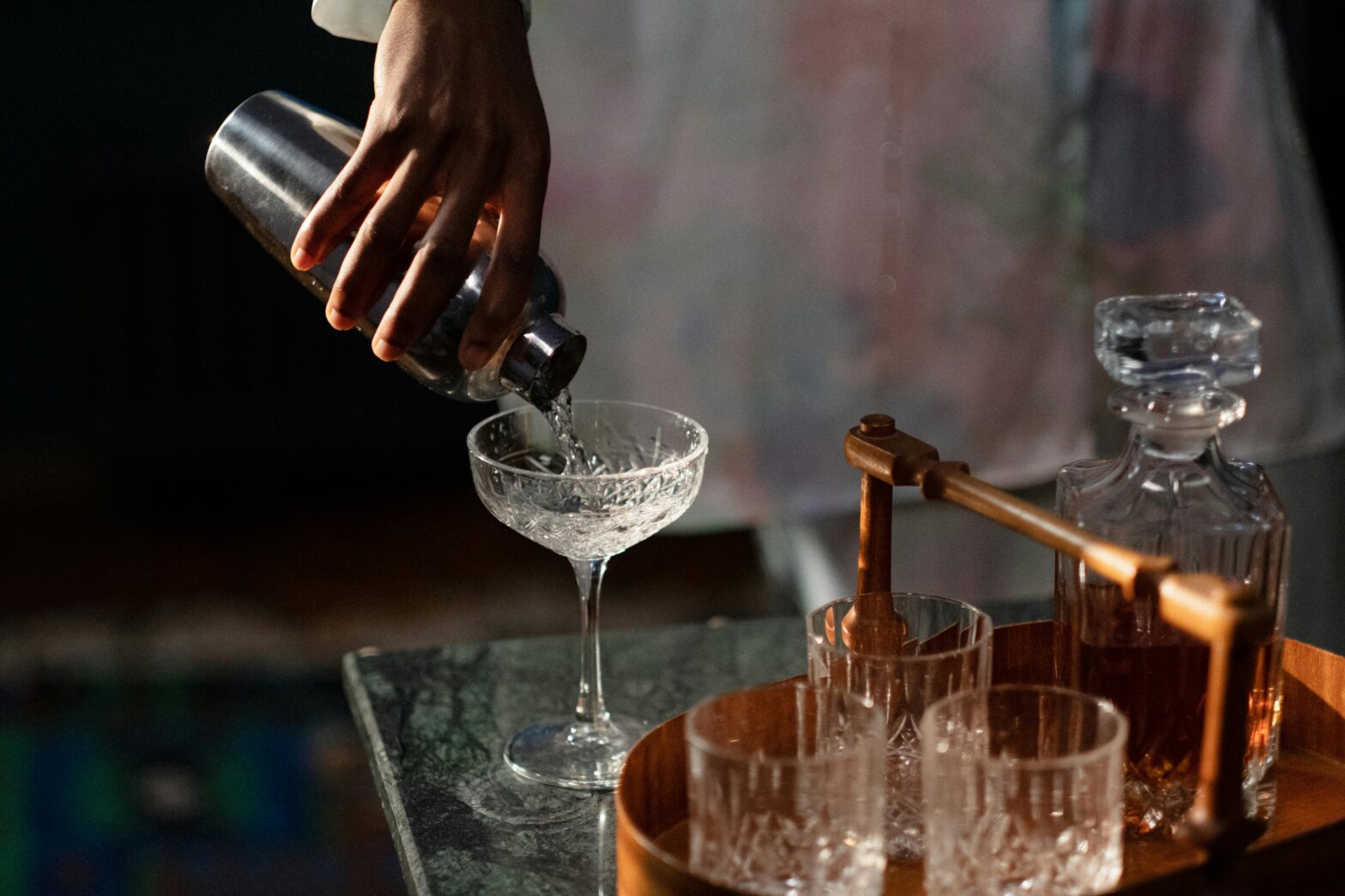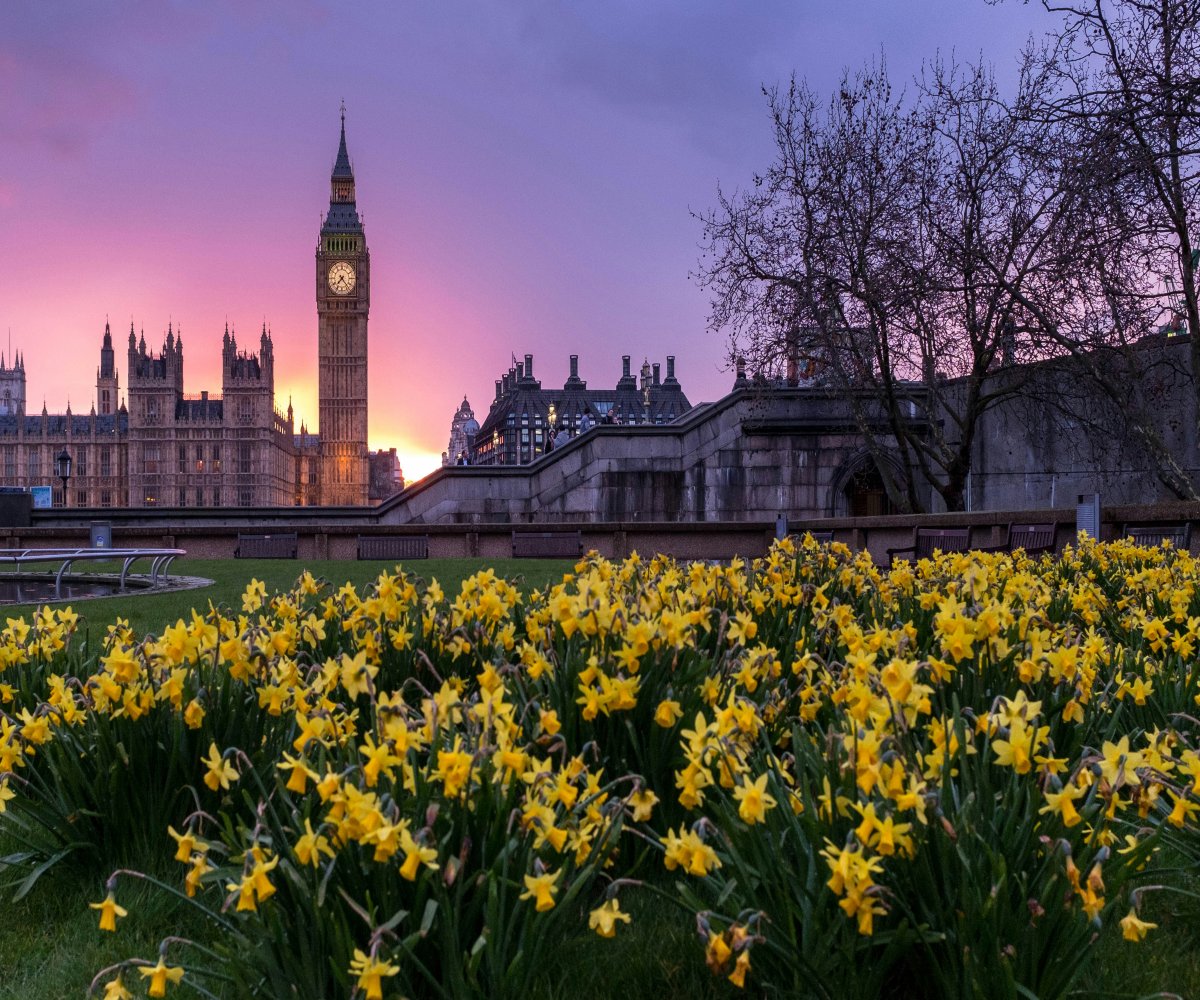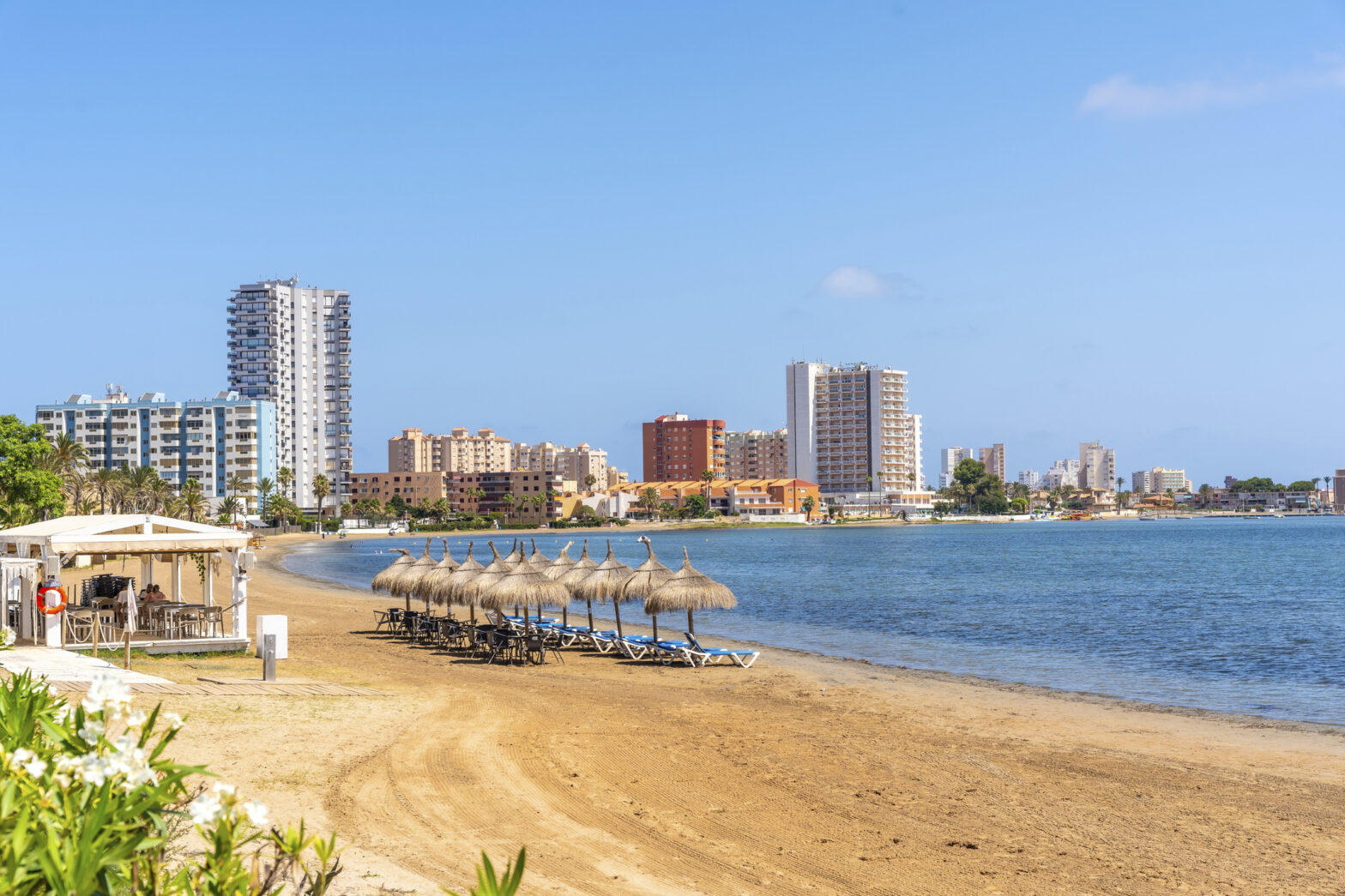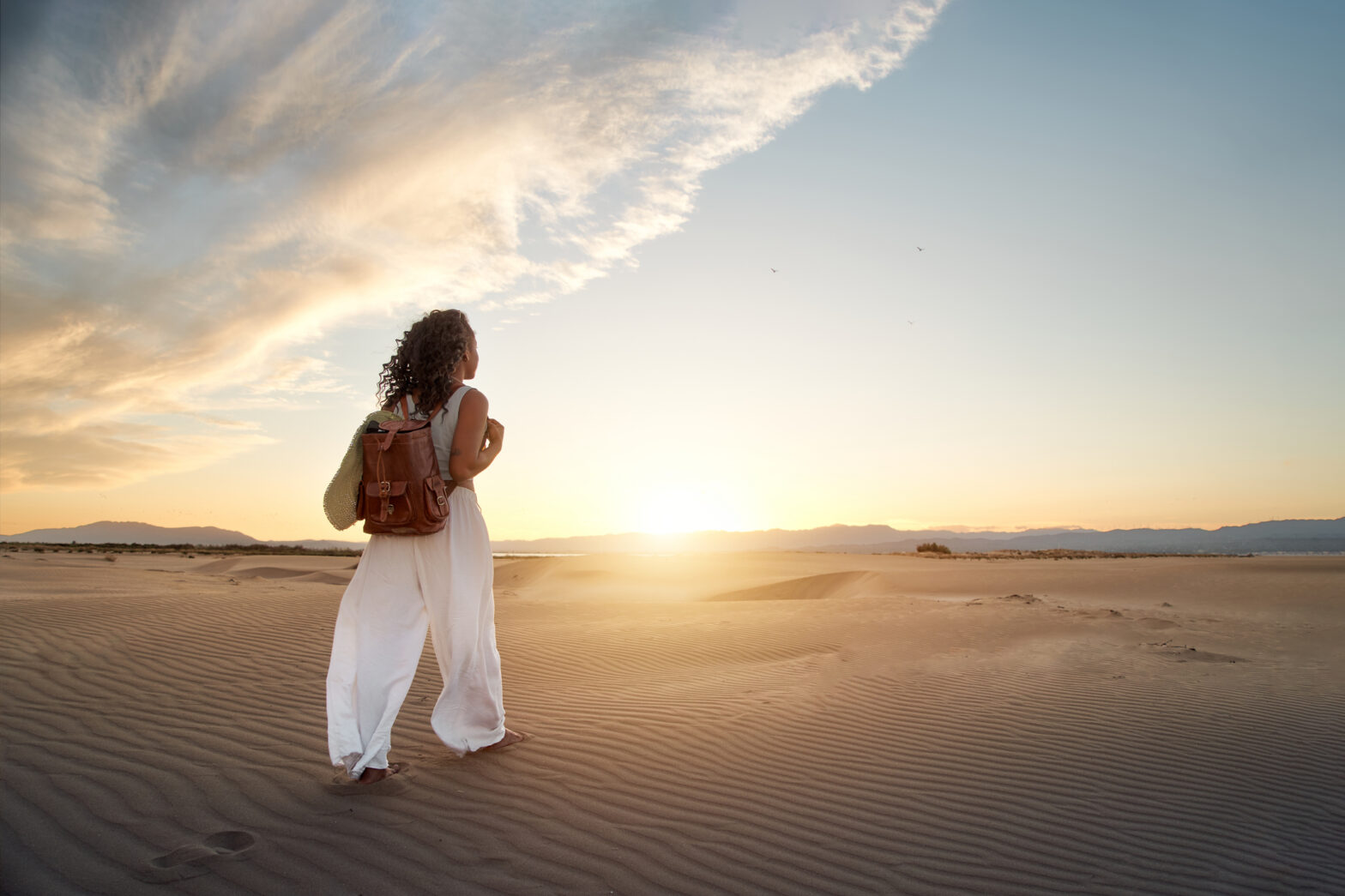The word speakeasy may evoke imaginative thoughts of a dimly lit 1920s-era drinking hole where people would venture off to for illegal alcoholic spirits and a hidden yet often lively bar scene. Although selling and transporting alcohol was prohibited in the United States in the 1920s and early 30s due to the 18th Amendment, there was still a liquor demand. During the alcohol ban, people imbibed in murky, secret venues that, for obvious reasons, weren’t widely publicized. However, Prohibition ended in December 1933 thanks to the 21st Amendment, making alcohol consumption legal again.
The History Channel notes that some speakeasies were in dreary makeshift locations while others were secret swanky fine establishments. The hidden gem bar scene would pour classics like martinis, whiskey-based mixed drinks, and popular cocktails of the time. Sometimes, small light bites would also be served.
Why Do They Call It A Speakeasy?
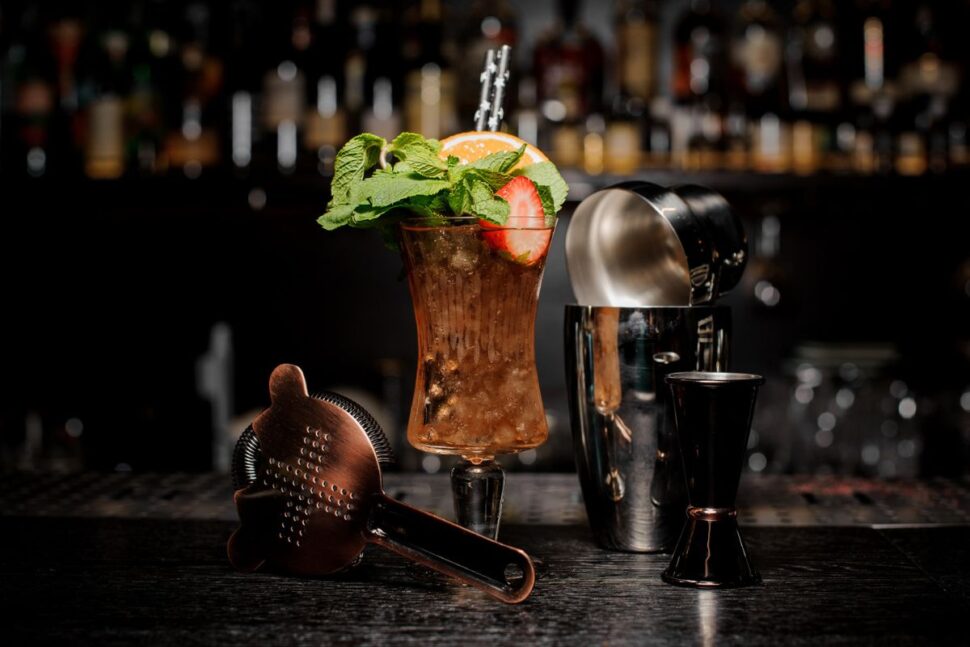
The term “speakeasy” was born out of bar-goers needing to “speak easy” – aka whisper or talk quietly – into the tiny opening of a door. That’s often how they’d gain access inside the Prohibition-era’s secret bars.
What Makes A Bar A Speakeasy?
Although you can enjoy your alcohol without the taboo in today’s America, some bars still have speakeasy elements that make the experience feel authentic. Modern speakeasies are hidden, generally “hole-in-the-wall” drinking spots for locals in the know. That said, with the rise of social media, speakeasies have also become city tourist attractions in their own right. The hidden bars are often behind or below a building, or tucked in an alley. You might even need a code word, reference, or special knock to get inside.
Many modern speakeasies are intimate spaces that boast an Art Deco flair as a nod to the 1920s. Note that websites can be void of location and entry information, and reservations are generally encouraged.
What Do People Do At Speakeasies?
People go to speakeasies for the drinks and unique bar vibe. Some would say finding and entering a speakeasy is a part of the fun, as the hidden bars can sometimes be found in the most unexpected places. Once inside, speakeasies are a great place to feel transported to another time and place while enjoying cocktails on a date, with friends, or even some friendly strangers.
4 U.S. Cities With A Vibrant Speakeasy Culture
New York
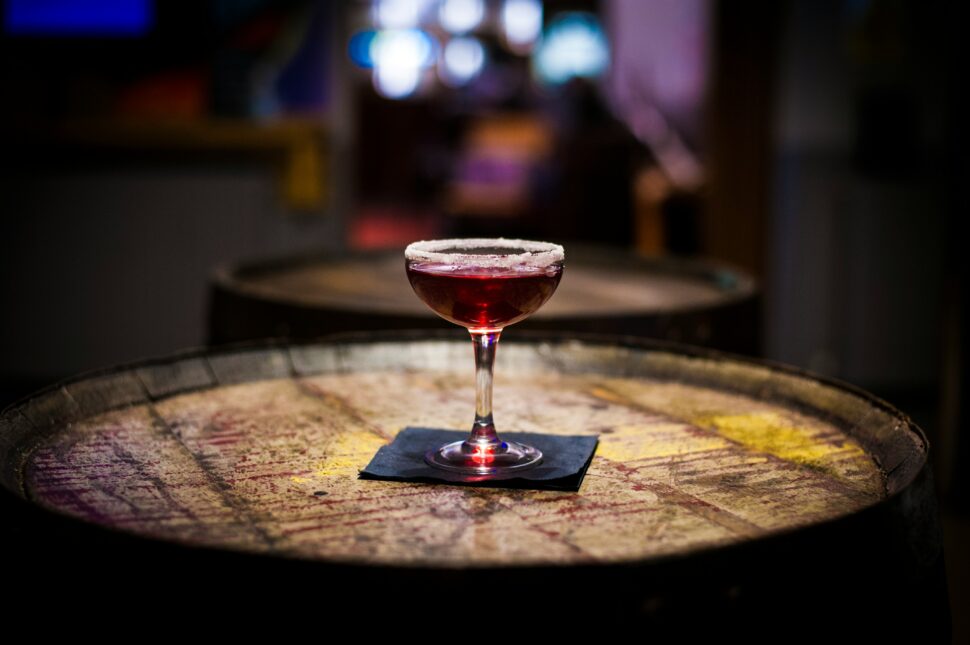
Prohibition or not, New Yorkers have always found a way to booze it up. With that in mind, there are a multitude of NYC speakeasy bars in the Big Apple.
Nothing Really Matters takes “hidden” to a whole new level, as guests have to go through an entrance in a subway station to get to it. This Times Square-area spot touts itself as “the greatest cocktail bar in the universe,” but you can be the judge of that.
Other speakeasy-inspired bars include Bathtub Gin and The Tippler, both in Chelsea. In Greenwich Village is Madame X, which has a speakeasy feel paired with a Moulin Rouge-esque twist. There’s also Keys and Heels on the Upper East Side. The latter presents as a shoe repair and locksmith even on its Instagram page.
Chicago
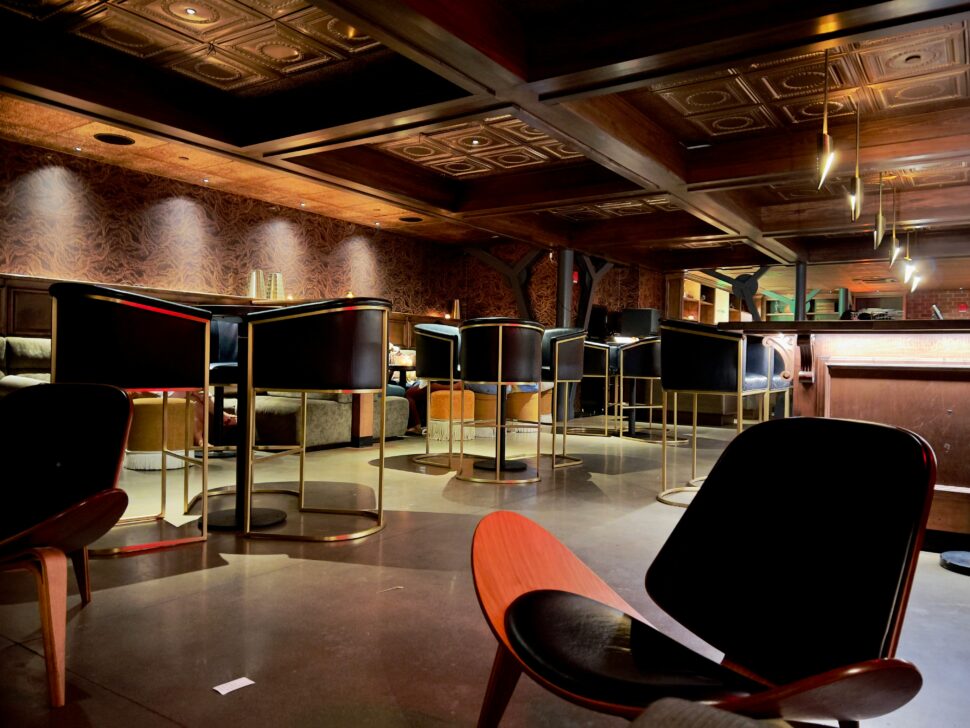
Once upon a time, the mob had free rein of Chicago – and speakeasies boomed. According to Fourteen East Magazine, a Chi-town-based independent publication, “Much of what defined our image of Prohibition in the United States happened right here in the Windy City, and Chicago would not have been the same without the influence of the temperance movements and mobsters like Al Capone.”
The Blue Room is a sexy, atmospheric speakeasy under South Loop’s Chicago Firehouse Restaurant. Similarly, The Drifter is a 1920s-era establishment under the Green Door Tavern in River North, where visitors can drink and see burlesque shows.
The Violet Hour in Wicker Park is hidden behind a frequently changed mural, offering artisanal cocktails. Also, don’t forget Chicago Magic Lounge, a speakeasy and theater inside a laundromat.
Miami
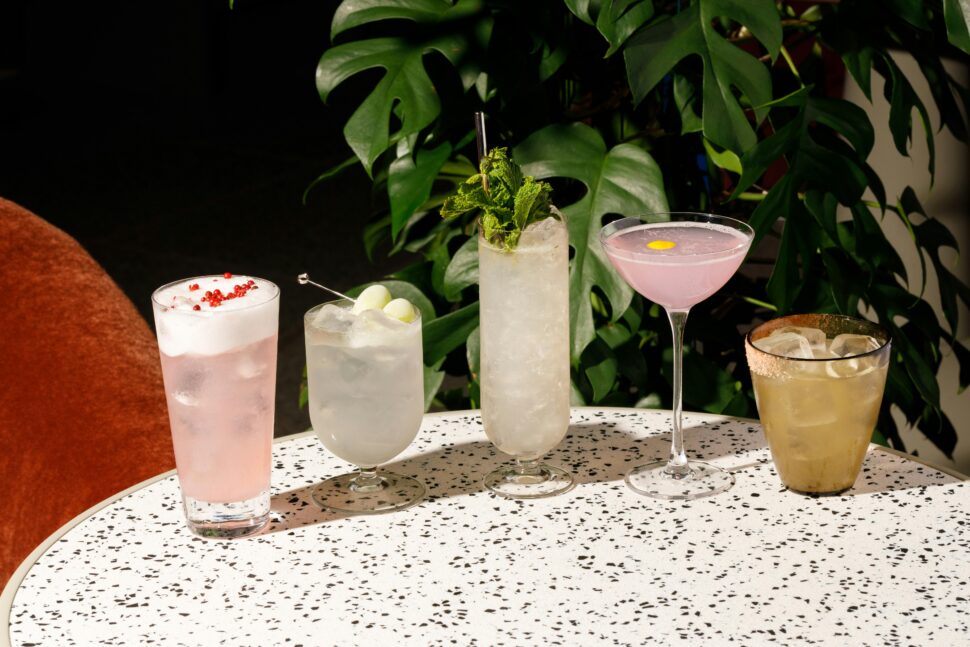
If you think Miami can’t deliver that sensual, speakeasy vibe, think again. Swizzle Rum Bar & Drinkery, part of Stiles Hotel, is a late-night spot offering craft cocktails and a large rum menu.
Miami Sound Bar draws from the speakeasy-style but also goes in its own direction. This low-lit venue is ideal for lovers of vinyl records and good cocktails. The spot’s website states that the establishment is inspired by “sound-obsessed” bars in Tokyo. There’s a relaxed vibe, quite different from the many bustling bars usually associated with Miami.
Los Angeles
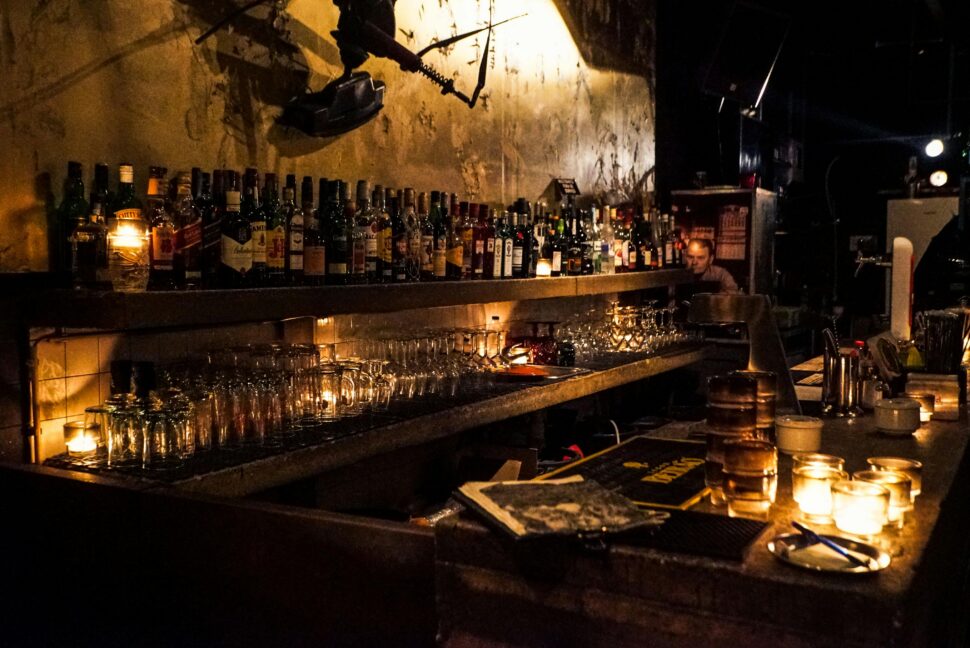
Prohibition almost certainly did nothing to curtail the excesses of the rich and famous in Hollywood. Lost Property is on the corner of Hollywood and Vine, a whiskey bar with a speakeasy flavor. No Vacancy is an old-timey spot inside room 1902 at the Retan Hotel (The Whitney). Another establishment to check out is Death & Co. The latter is a speakeasy cocktail bar with a Los Angeles location and others in New York, Denver, and Washington, D.C.
